
Humus
Autor: José Cano Martínez
Número de Páginas: 48Humus es el adiós de unas manos frias, es soledad y misterio, luz y noche ciega. Amor y esperanzada espera.

Humus es el adiós de unas manos frias, es soledad y misterio, luz y noche ciega. Amor y esperanzada espera.
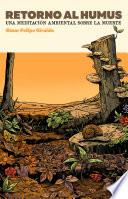
¿Qué relación existe entre las representaciones dominantes de la muerte y la devastación planetaria? ¿Qué tiene que ver el aferramiento a la identidad y el apego al yo con la manera destructiva de habitar la Tierra? Este ensayo busca aproximarse al entendimiento de cómo la manera hegemónica de concebir la muerte tiene efectos trágicos en aquello que hoy llamamos la crisis ambiental y el colapso civilizatorio. Para el autor, los imaginarios desnaturalizados de la muerte son un reflejo del antropocentrismo que coloca a los humanos en el centro y todo lo demás a su servicio, y están íntimamente asociados al impulso de ejercer la más eficiente sagacidad de dominación y control sobre el entramado de la vida. Con referencias al cine, la poesía y a diversas metáforas, este texto propone que lo opuesto a la vida no es la muerte sino la identidad: la creencia de que algo pueda ser idéntico a sí mismo, y no el resultado de transformaciones constantes, donde nuestra condición corpórea se abre y se cierra en el devenir de las fuerzas cósmicas que nos rebasan. La invitación es pensar la muerte en referencia a la otredad, y a reconocer, con regocijo, que en cada tiempo y...
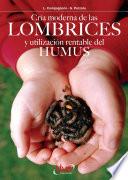
La cría y comercialización de lombrices puede convertirse en un excelente negocio partiendo de una pequeña inversión. No obstante, pocas personas saben cómo llevar a cabo un proyecto de este tipo. ¿Cómo se debe poner en marcha el proceso? ¿Qué rentabilidad puede obtenerse con la cría de lombrices? ¿Hace falta una inversión muy elevada? ¿Qué características han de tener las instalaciones? El lector encontrará en esta obra información detallada sobre las cuestiones que debe conocer para poner en funcionamiento este tipo de explotación con los mínimos riesgos económicos y de organización.
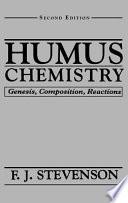
A reference text focusing on basic organic chemistry and reactions of naturally occurring organic substances in soils. Covers pools of organic matter in soils, transformations, methods of extraction and fractionation. Section two deals primarily with the chemistry of known classes of organic compounds in soils including saccharides, lipids and constituents containing nitrogen, phosphorus and sulfur. Section three is concerned with basic organic chemistry of humic substances, followed by the importance of organic matter associations and interactions. Contains new chapters on NMR spectroscopy, analytical pyrolysis and on chemical structures.
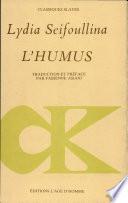
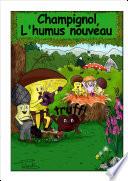
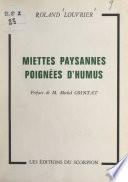
Cet ouvrage est une réédition numérique d’un livre paru au XXe siècle, désormais indisponible dans son format d’origine.
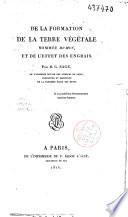
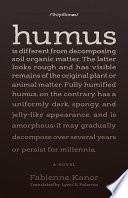
While researching in Nantes, a port city enriched by the slave trade, celebrated French novelist Fabienne Kanor came across a chilling report written in 1774 by the commander of a slave ship, Le Soleil. Captain Louis Mosnier recounted the loss of valuable "cargo" when fourteen African women escaped from the ship’s hold to leap overboard rather than face enslavement. Half of them drowned or were eaten by sharks. From this tragic incident, Kanor has composed a powerful, polyphonic novel in which each woman tells her own vivid story. Their disparate lives from differing cultures, conditions, and perspectives intersect through their violent mistreatment, profound sense of disorientation, and collective act of resistance. These intertwined narratives reveal the brutalizing effects of slavery, not only on the victim but also on the oppressor: the master can no more escape its dehumanizing effects than can the slave.
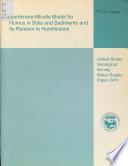
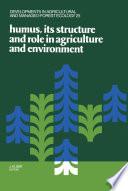
This volume presents the proceedings of the 10th internationalsymposium Humus et Planta held in Prague in August 19-23,1991. The main topics of this book are devoted to the recentadvances in fundamental, as well as applied research of humicsubstances, the most abundant of the naturally occuringmacromolecules of nature, the understanding of their natureand how they react and interact in their natural environments.Texts are included on the structure, physical and chemicalproperties of humic substances; the relationships among humus,soil properties and fertility; the biotransformations oforganic substances in the soil; the relationships betweenhumic substances and plants and the interactions of humus andxenobiotic substances. This book presents recent knowledge ofthe complicated and challenging humic substances. It will beof interest not only to scientist, but also to Universityteachers and students of agricultural and environmentalsciences.
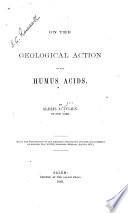
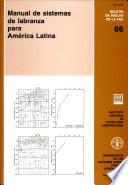
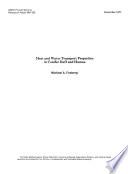
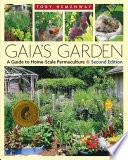
“Gaia’s Garden will be recorded in history as a milestone for gardeners and landscapers. . . An amazing achievement.”–Paul Stamets The classic book about ecological gardening–whatever size your garden–with over 250,000 copies sold! “A great book!”–Men’s Journal Gaia’s Garden has sparked the imagination of home gardeners the world over by introducing a simple message: working with nature, not against her, results in more beautiful, abundant, and forgiving gardens. Many people mistakenly think that “ecological gardening”—which involves growing a wide range of edible and other useful plants—can take place only on a large, multiacre scale. As Hemenway demonstrates, it’s fun and easy–even for the beginner–to create a “backyard ecosystem” by assembling communities of plants that can work cooperatively and perform a variety of functions, including: Building and maintaining soil fertility and structure Catching and conserving water in the landscape Providing a rewilded and biodiverse habitat for beneficial insects, birds, and animals Growing an edible “forest” that yields seasonal fruits, nuts, and other foods This revised and updated edition...
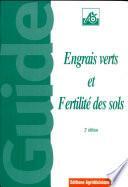
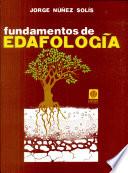
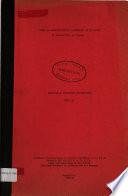
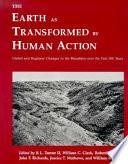
The Earth as Transformed by Human Action is the culmination of a mammoth undertaking involving the examination of the toll our continual strides forward, technical and social, take on our world. The purpose of such a study is to document the changes in the biosphere that have taken place over the last 300 years, to contrast global patterns of change to those appearing on a regional level, and to explain the major human forces that have driven these changes. The first section deals strictly with the major human forces of the past 300 years and the second is a detailed account of the transformations of the global environment wrought by human action. The final section examines a range of perspectives and theories that purport to explain human actions with regard to the biosphere.
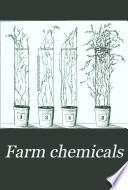
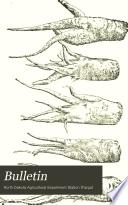

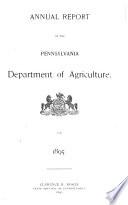
"Report of Pennsylvania Forestry Commission", published in 1896: 1895, pt. 2.
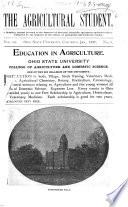
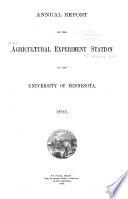
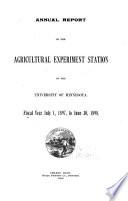
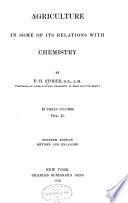

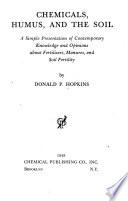
The case for fertilizers; The case against fertilizers.
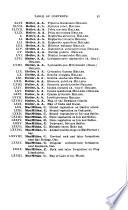
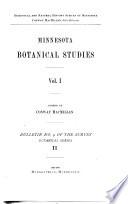
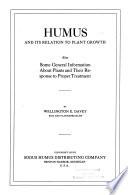
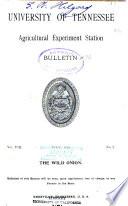
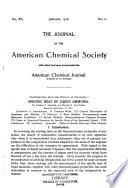
Proceedings of the Society are included in v. 1-59, 1879-1937.
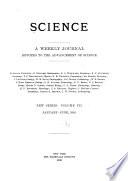
Vols. for 1911-13 contain the Proceedings of the Helminothological Society of Washington, ISSN 0018-0120, 1st-15th meeting.
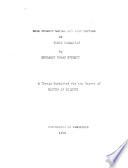
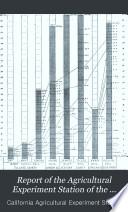
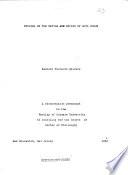
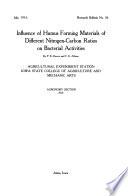
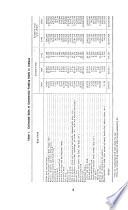
Ver Opciones